Cupping for weight loss may cause skin damage, increased risk of infection, and muscle pain to the body. Cupping for weight loss stimulates local skin and muscles through negative pressure, but improper operation or excessive use may lead to adverse reactions. understanding these hazards and adopting scientific weight loss methods is essential for achieving weight loss goals more safely and effectively.
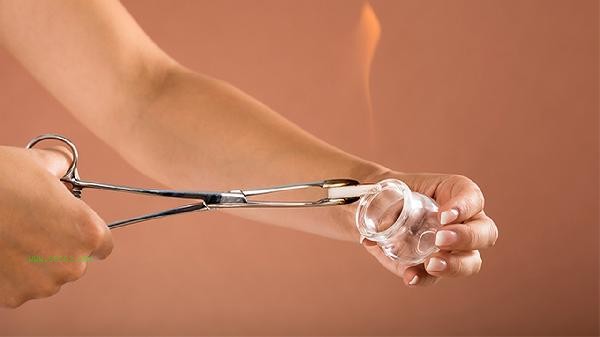
1. Skin damage. During the cupping process, negative pressure may cause redness, swelling, bruising, and even blisters on the skin. People with sensitive skin or weaker constitution are more likely to experience such problems. It is recommended to choose a professional institution for operation to avoid self cupping. If skin damage occurs, cupping should be stopped immediately and repair ointments such as erythromycin ointment, aloe vera gel, etc. should be applied.
2. Increased risk of infection. Incomplete disinfection or improper operation of cupping utensils may lead to bacterial infections. After skin damage, the risk of infection further increases. Using disposable cupping tools or ensuring that the tools are sterilized at high temperatures can effectively reduce the risk of infection. If there are symptoms of infection, such as redness, swelling, and fever, it is necessary to seek medical attention in a timely manner. Doctors may prescribe antibiotics such as amoxicillin and cephalosporins.
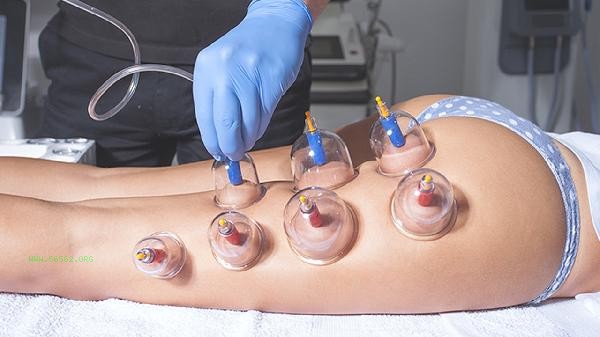
3. Muscle pain. After cupping, there may be soreness or fatigue in the local muscles, especially when attempting or applying excessive force for the first time. Moderate massage and hot compress can relieve pain and avoid excessive cupping. It is recommended to have no more than 2 cupping sessions per week, with each session lasting no more than 15 minutes. If the pain persists, over-the-counter painkillers such as ibuprofen and acetaminophen can be used.
4. Other potential hazards. Cupping for weight loss may cause discomfort symptoms such as dizziness and nausea, especially in people with weak constitution or low blood pressure. After cupping, avoid taking a shower or blowing air immediately to keep your body warm. If severe discomfort occurs, immediately stop and consult. Cupping for weight loss is not suitable for everyone. Pregnant women, heart disease patients, and skin disease patients should avoid using it. Although cupping for weight loss has certain effects, its potential harm cannot be ignored. Scientific weight loss should be combined with a reasonable diet and moderate exercise, such as controlling daily calorie intake and increasing aerobic exercise. Cupping can be used as an auxiliary method, but it should be done under the guidance of professionals to avoid blindly following the trend. If any discomfort symptoms occur, seek medical attention promptly to ensure good health. Losing weight is a long-term process, and choosing safe and sustainable methods is necessary to achieve ideal results.
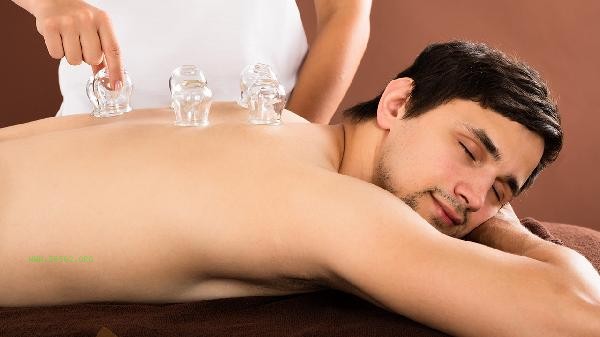

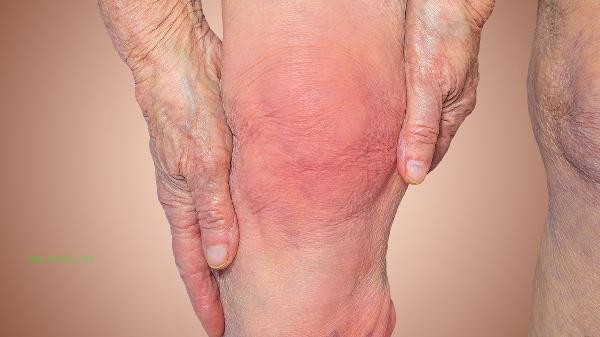
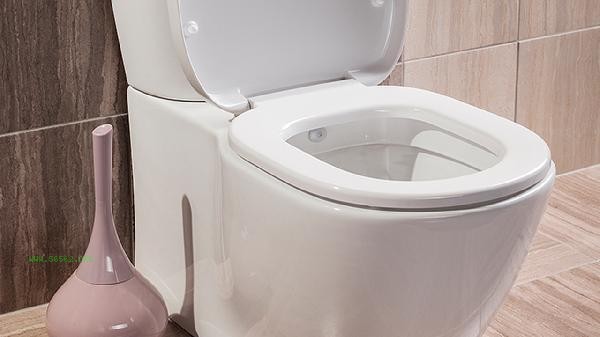
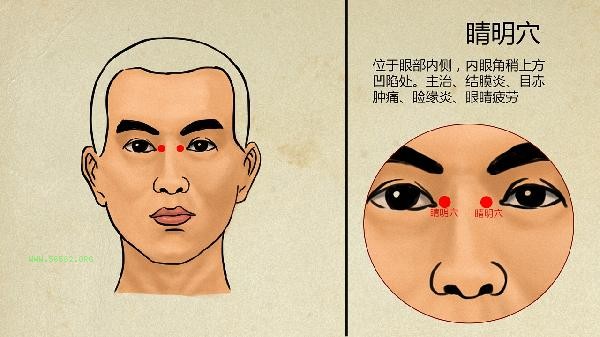
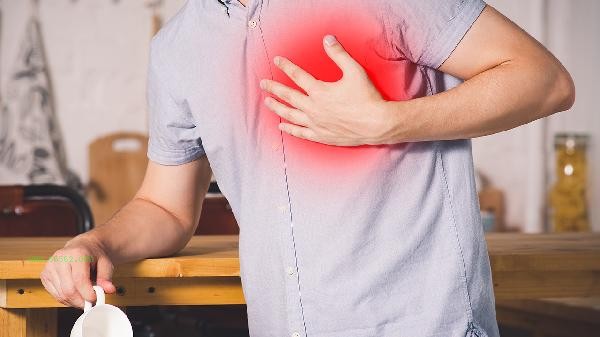
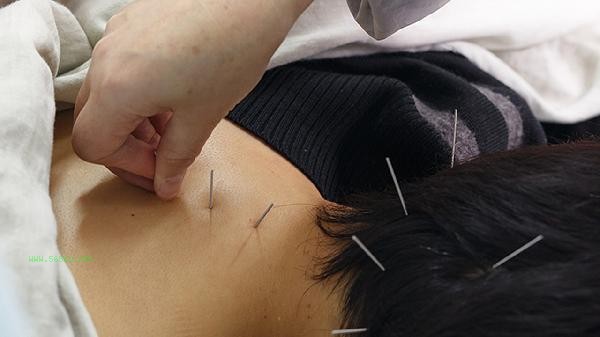


Comments (0)
Leave a Comment
No comments yet
Be the first to share your thoughts!